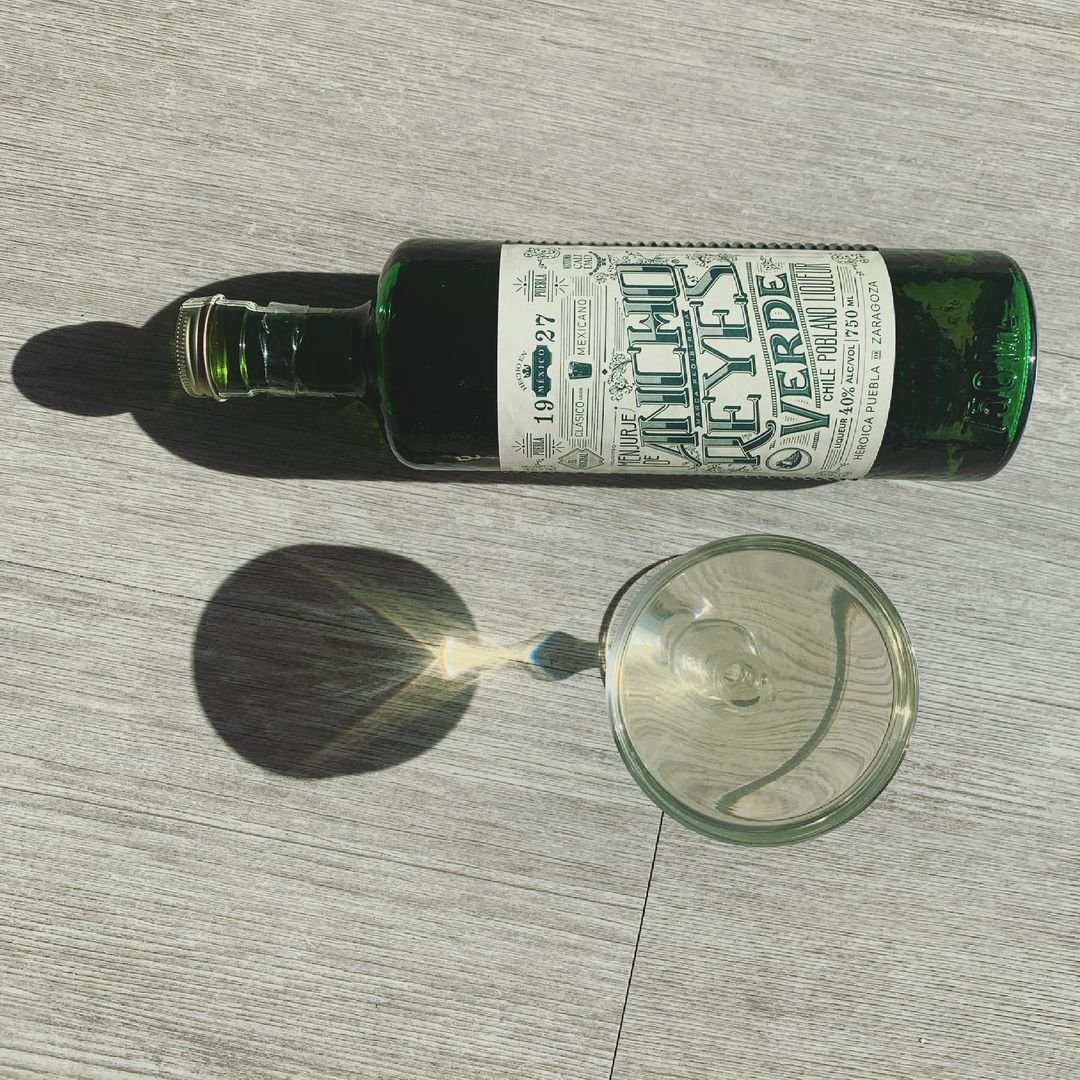When I started this around the world cocktail series in 2020, I took requests on Instagram for countries that people wanted to learn drink history about. And one of the first requests I got was for Scotland. So considering my Scottish roots, I had to explore the drink history of Scotland, and more specifically, Scotch whisky. Enter Atholl Brose, a Scottish drink that dates back centuries.
Some purists may say that Scotch is meant to be enjoyed neat, but even with my Scottish heritage, I am not one of those. Some of the best cocktails I’ve had were Scotch cocktails, not the least of which is the Penicillin (too bad it doesn’t stave off Covid). Today I’m talking about what might be one of the oldest cocktails ever. That Scottish drink is Atholl Brose.
Story has it that in the late 1400s, The Earl of Atholl (Scottish Highlands) was trying to capture the Lord of the Isles, who was leader of a rebellion against the king. Hearing rumors that the Lord drew water from a small well, the Earl had the well spiked with whisky, honey and oatmeal, which in turn resulted in one drunk Lord who then became one drunk captured Lord. While that would be one heckuva lot of whisky, honey and oatmeal to fill a well, who am I to dispute it? The rest is history.
Atholl Brose may not have the same following as say a milk punch or eggnog, yet deserves its place among milky cocktails. Much like eggnog, Atholl Brose is often enjoyed around the holidays and New Year’s Eve. Scotland has its own New Year’s Eve celebration, known as Hogmanay. Traditional Atholl Brose recipes call for steeping steel-cut oats in water to create an oat milk, but in my recipe, I skipped that step and just got store-bought oat milk. It traditionally calls for heavy cream, and I skipped that, too, lest I drink my daily calorie allotment in one drink. See my recipe for Atholl Brose below.
Atholl Brose
🍹2 oz. blended Scotch whisky
🍹2 oz. oat milk
🍹1 spoon honey
🍹1 spoon orgeat
Method: To make it, add the honey and whisky together to dissolve the honey. Then add the rest of the ingredients along with it to a cocktail shaker with ice and shake. Strain into the fanciest looking glass you have, and voila. My housemate said it was absolutely delicious and asked if she could have it for breakfast, so I’ll take it. Slàinte Mhath!










